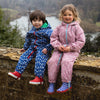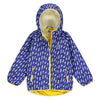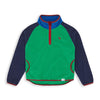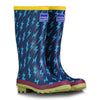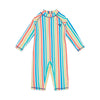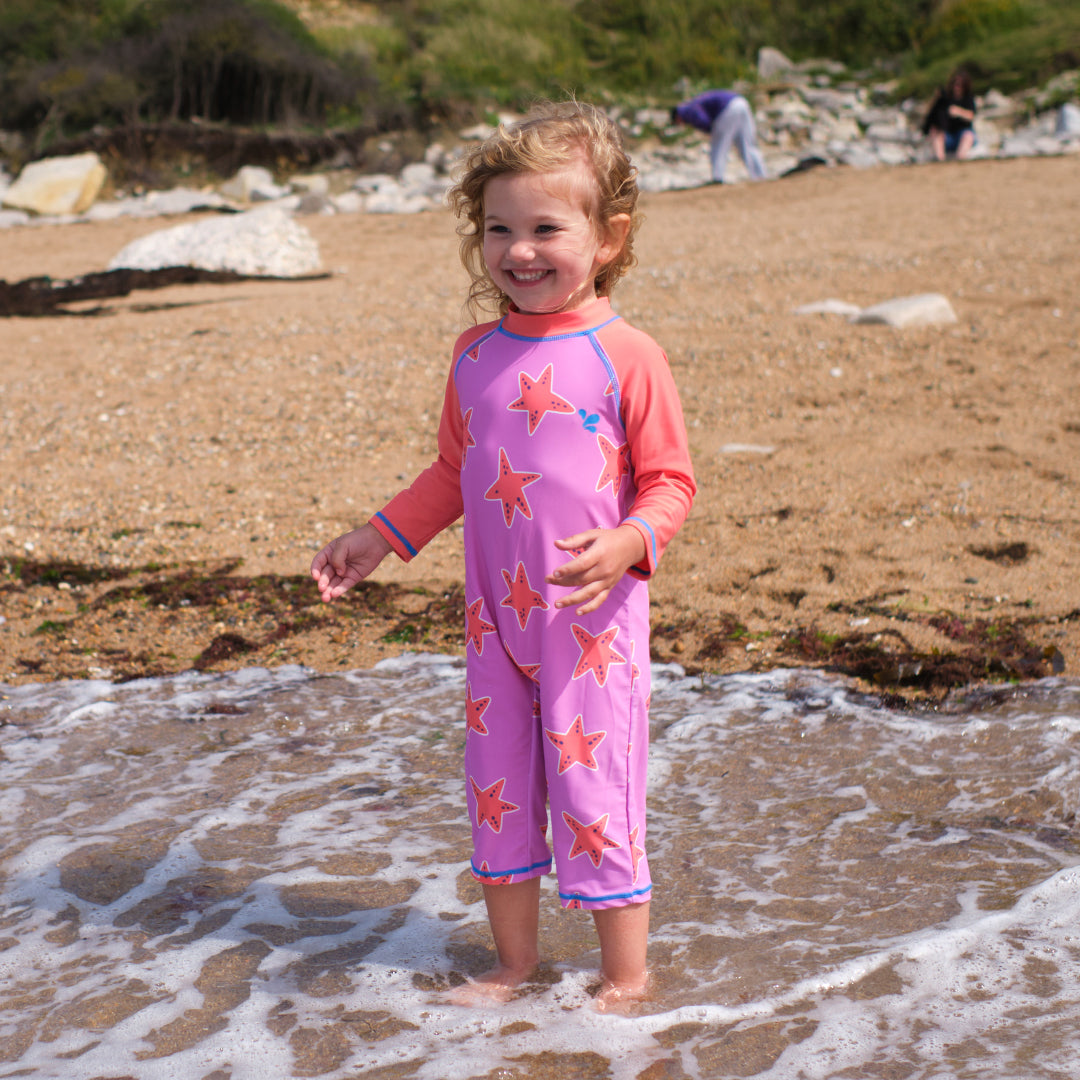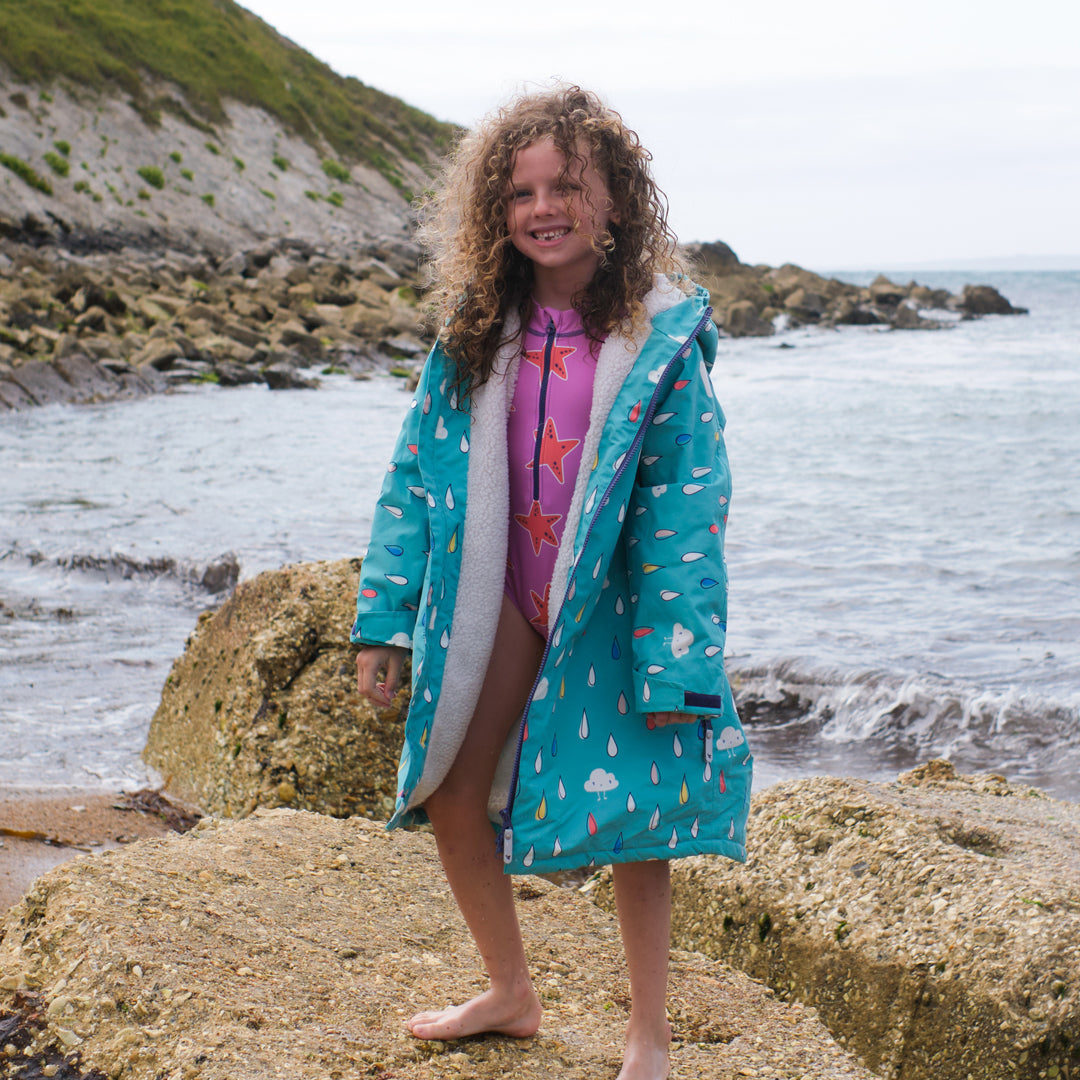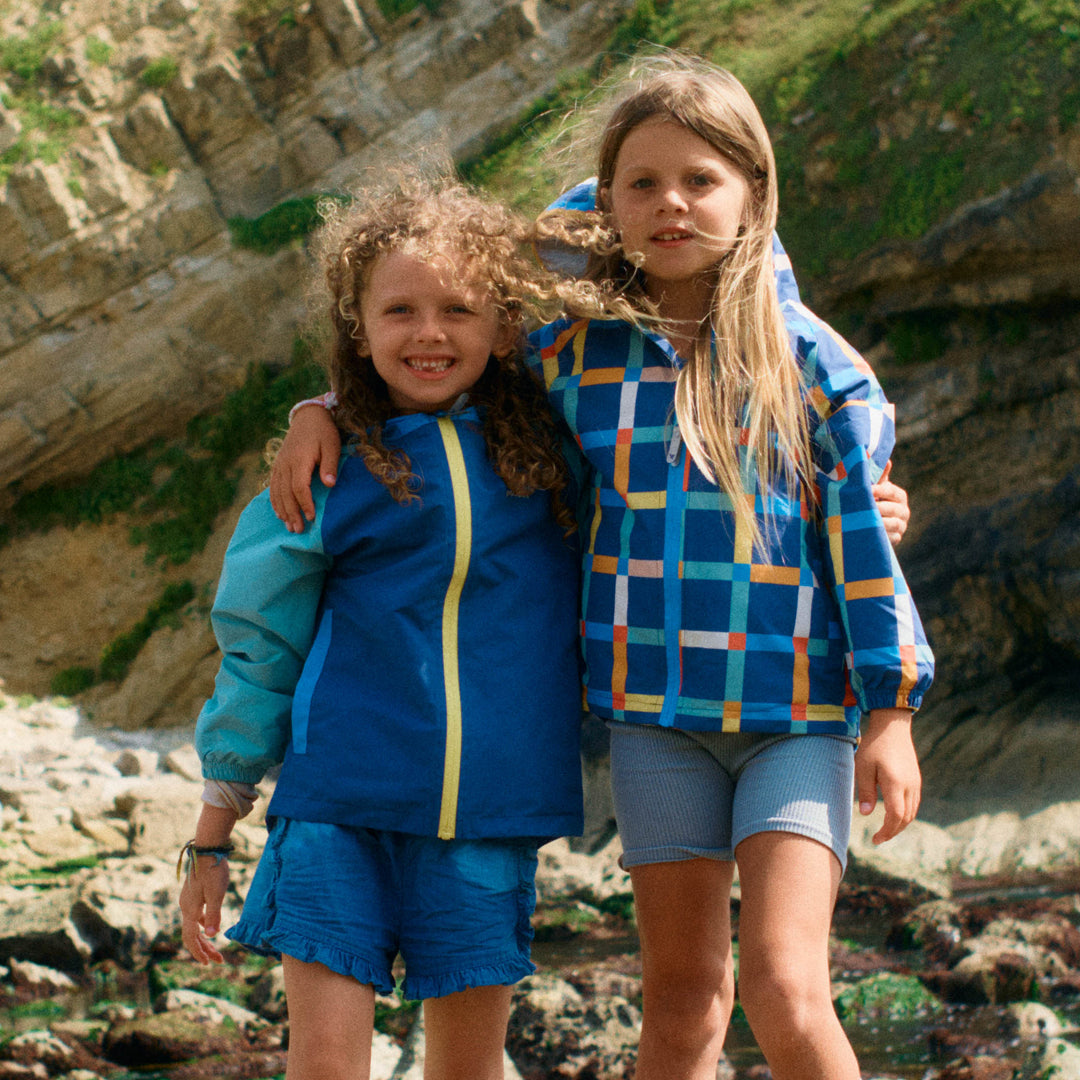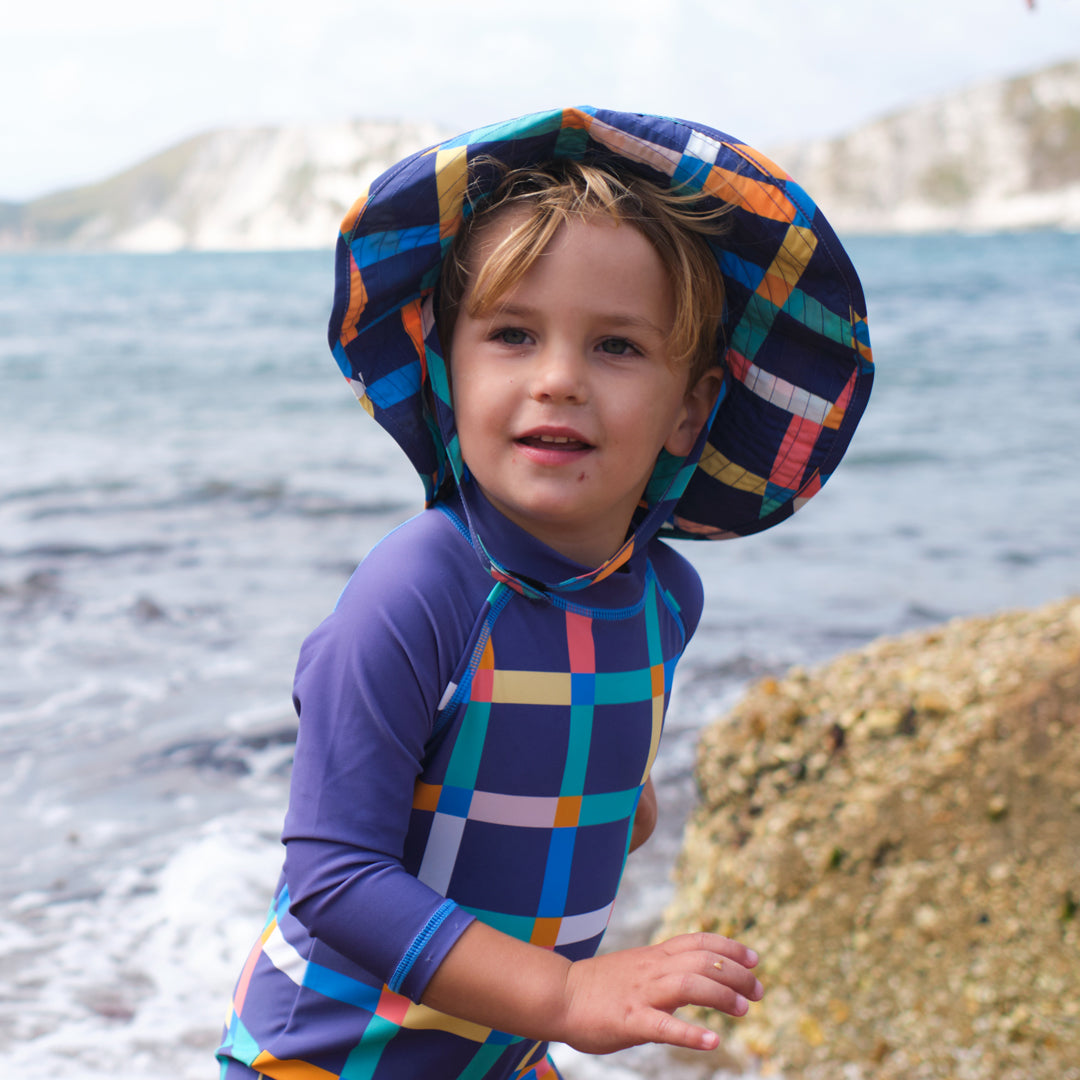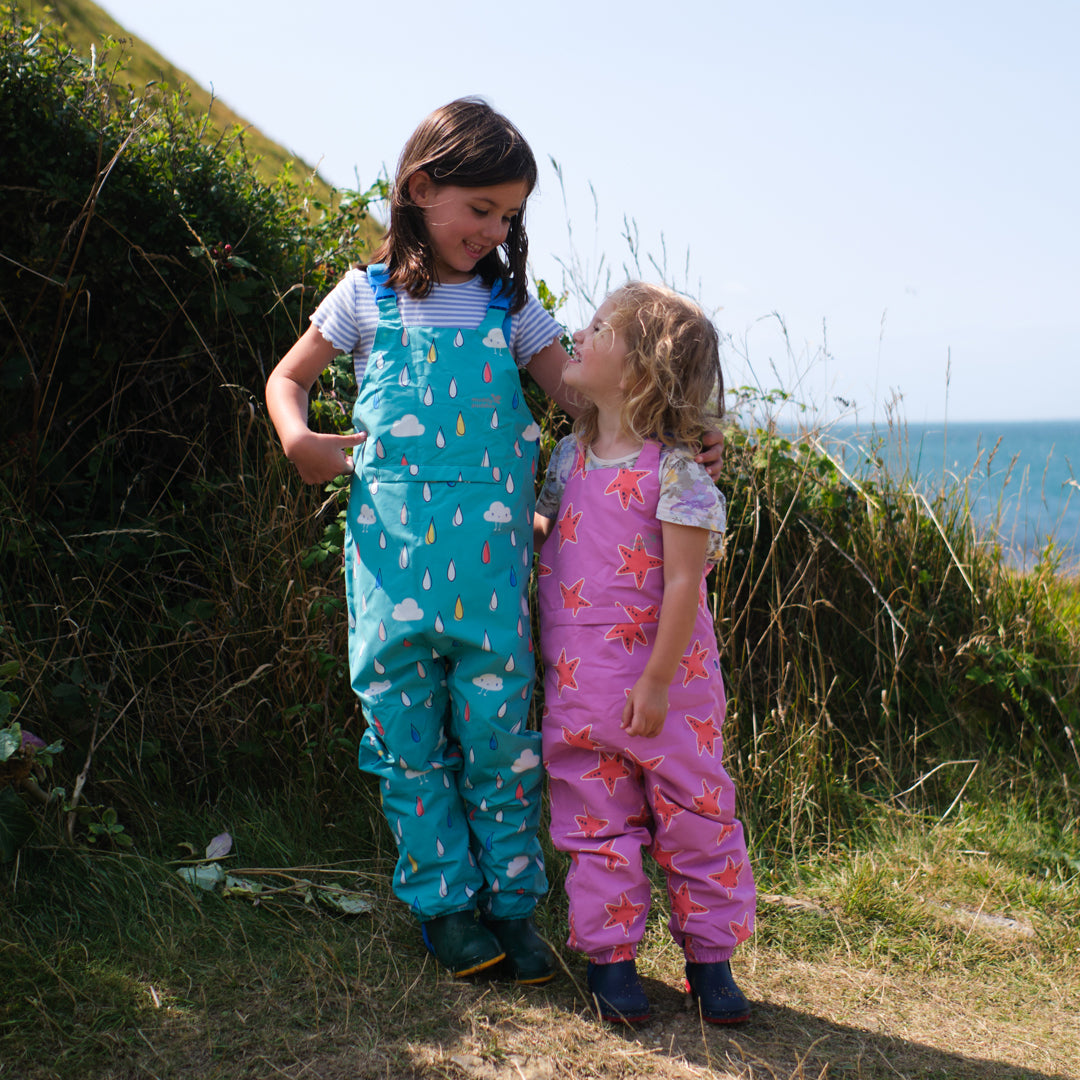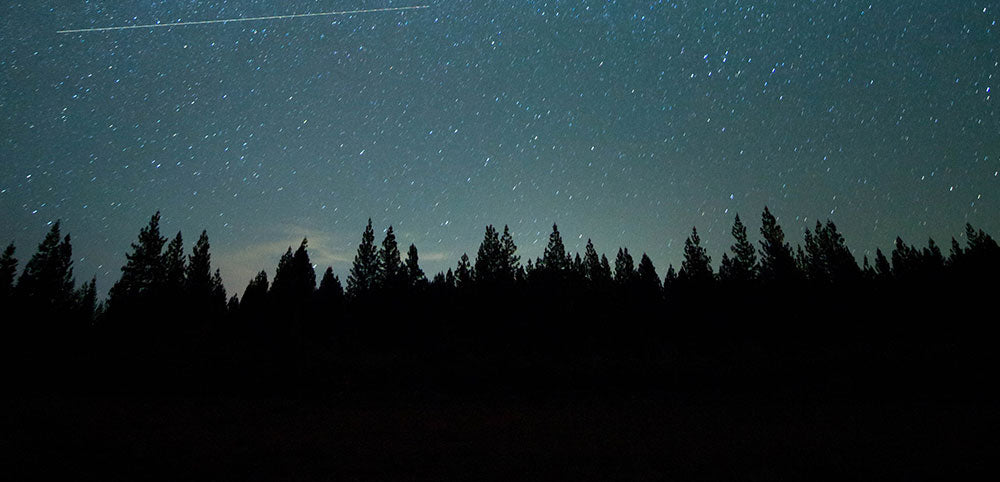
Top Tips for Stargazing with Children
If you fancy a night time adventure, wrap up warm, head outdoors and try to spot as many constellations as you can - read on to learn our top tips and facts for stargazing with children.
Let your children stay up late one evening as a treat and see how many stars they can find and name. You could even camp out under the stars in your own garden or head further afield.

Photo by Wil Stewart on Unsplash
How to get started
Begin by looking at a star chart - this is a representation or a map of the night sky. These can be very useful for introducing stars and constellations to children. Can you spot the moon? This is a great starting point for kids to practice their stargazing. However, it might not always be there and might change shape, so keep your eyes peeled!
Find the Big Dipper
⭐ Determine which way is north - you can use a compass to locate it. Look up! ⭐ In spring, the Big Dipper (or Plough as it is also known) will be higher in the sky than in other seasons ⭐ The Big Dipper is shaped like a bowl and a handle. There are three stars in the Big Dipper’s handle organised in a line, it looks a bit like a kite ⭐ The Big Dipper is made up of seven stars: Alkaid, Mizar, Alioth, Megrez, Phecda, Merak, and Dubhe.
Find Orion's Belt
⭐ From the Northern hemisphere, Orion is located in the North-Western sky ⭐ The three stars of the Orion’s Belt are evenly spaced and form a more or less straight line ⭐ The stars are known as the Three Kings, Three Marys, Frigg’s Distaff, Three Sisters or the Weighing Beam.

Photo by Chris Leggat on Unsplash
Top tips for stargazing
⭐ Stargazing is best done before the moon is full, so look into the next new moon dates before you set out on your adventure ⭐ Step foot in your local park or garden, ideally away from any artificial light, to see up clearly into the sky. Having a clear view will enable children to see as much of the sky as possible ⭐ Even with clear skies or warmer temperatures, stargazing can be a cold activity. Be sure to wrap up, stay cosy and wear appropriate clothing ⭐ During your stargazing sessions, you will witness some truly beautiful sights - it's a fantastic activity for children. Over time they may want to see more of the sky and explore new patterns; your budding astronomer may even need a pair of binoculars or even a telescope to help.

